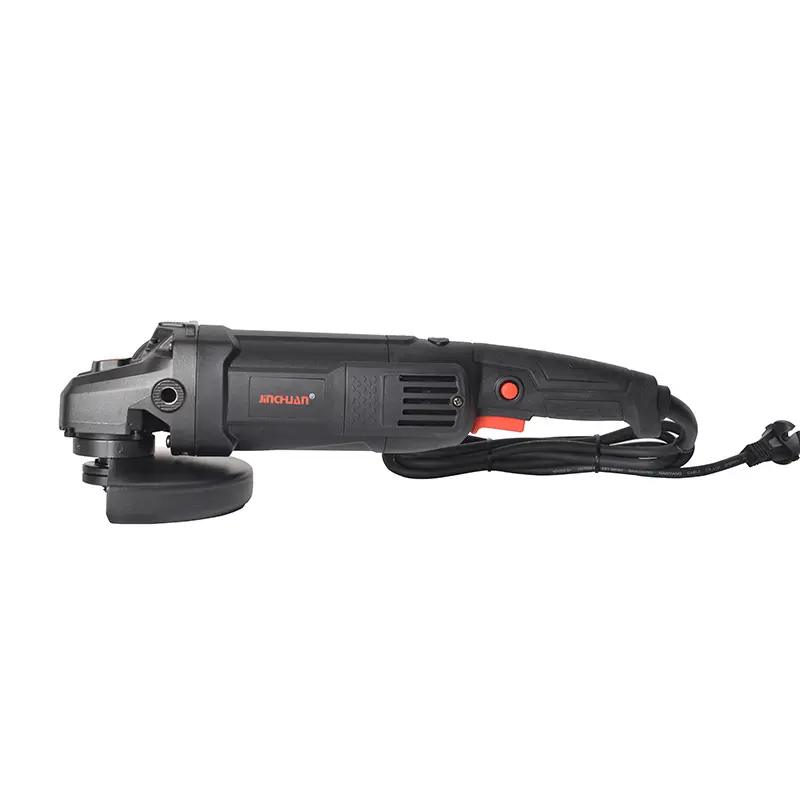Although Angle grinders are powerful, their high-speed rotating blades also bring relatively high safety risks. According to statistics, most accidents related to Angle grinders are caused by improper operation or insufficient protection. Therefore, it is of vital importance to master the safety operation norms.
1.Essential personal protective equipment (PPE)
• Goggles or face shields: To prevent metal debris and dust from splashing and harming the eyes.
• Anti-slip gloves: Ensure a firm grip while preventing hands from being scalded by high-temperature metal.
• Hearing protection: It is recommended to wear earplugs when using for a long time to reduce noise damage.
• Dust mask: When cutting or grinding generates dust, it is necessary to prevent the inhalation of harmful particles.
2. Safety check before operation
• Check the integrity of the grinding wheel: Ensure there are no cracks, notches or excessive wear. When installing, it should be clamped tightly without looseness.
• Confirm the status of the tool switch: To avoid accidental startup, it is recommended to use a “dead switch” (continuous pressing is required for operation).
• Stable working environment: Operate on flat and anti-slip surfaces to prevent workpieces or tools from sliding and losing control.
3. Common Dangerous Behaviors and Avoidance Methods
• Lateral force is prohibited: The Angle grinder is designed for axial cutting. Forced lateral push may cause the blade to break.
• Avoid overloading: Do not operate continuously for a long time to prevent the motor from overheating or component damage.
• Keep away from flammable materials: Sparks may be produced during cutting or grinding, so keep away from flammable substances such as paint and solvents.
By strictly adhering to safety regulations, Angle grinders can become efficient and reliable tools rather than potential safety hazards.
Post time: Aug-21-2025


